



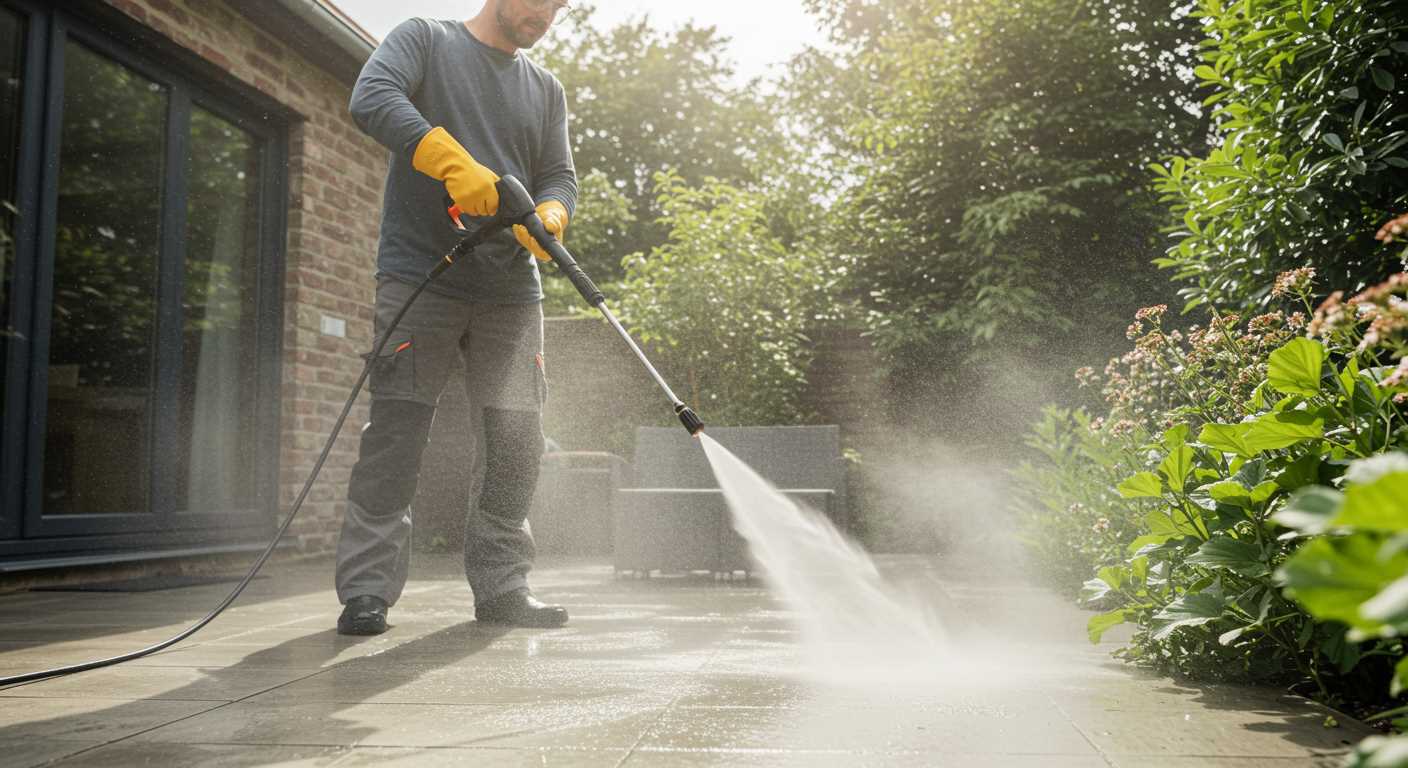
Using a narrower nozzle can significantly elevate the intensity of your cleaning equipment. I recall one incident where I was tackling grime on a weathered patio. Switching to a 15-degree nozzle turned what felt like a chore into a satisfying transformation, blasting away years of dirt in mere minutes. This simple adjustment not only enhanced the cleaning power but also saved me time.
Regular maintenance is non-negotiable. I’ve seen units underperform simply due to clogged filters or worn-out hoses. After a thorough inspection and cleaning of these components, I experienced a noticeable boost in performance. Ensuring that your machine is in peak condition cannot be overstated; it pays dividends in the long run.
Adjusting the water flow can also play a pivotal role. I often experiment with the pressure settings based on the task at hand. For instance, when washing vehicles, lowering the flow helped create a more concentrated spray, which was particularly effective for removing stubborn residues without risking damage to the paintwork.
Lastly, employing the right detergent can amplify results. I remember using a specially formulated cleaner on a particularly tough stain. The combination of the cleaner and the high-velocity spray worked wonders, making the surface look brand new. Always choose a detergent that suits your specific cleaning task for optimal results.
Choosing the Right Nozzle for Maximum Pressure
Opting for the correct nozzle can significantly enhance the force of the stream, making your cleaning tasks quicker and more efficient. I recall a time when I was faced with stubborn grime on a driveway. Switching to a narrow-angle nozzle transformed my approach, allowing me to tackle the task with ease.
Nozzle Types
- 0-degree nozzle: Produces a concentrated stream ideal for tough stains and surfaces like concrete.
- 15-degree nozzle: Great for stripping paint or removing mildew from surfaces.
- 25-degree nozzle: Perfect for general cleaning tasks on decks and patios.
- 40-degree nozzle: Best for delicate surfaces such as vehicles and windows.
Each nozzle type has its specific use, so choosing wisely can save time and effort. During my years of testing equipment, I found that using the appropriate nozzle often reduced cleaning time by half.
Considerations for Performance
- Check the manufacturer’s specifications for recommended nozzles.
- Match the nozzle size with your unit’s pressure output for optimal results.
- Experiment with different angles to find what works best for your project.
It’s also worth checking the compatibility of nozzles with your machine. For those curious about different systems, I suggest reading up on belt drive vs direct drive pressure washer which is right for you. Understanding these systems can further enhance your nozzle selection.
In conclusion, selecting the right nozzle is a straightforward yet impactful step to improve your cleaning efficiency. Whether it’s a simple driveway or a delicate car wash, the correct nozzle can make all the difference.
Adjusting Water Supply for Optimal Performance
Ensure the water supply is sufficient and consistent. A steady flow of water is crucial for achieving the desired results. I recall a project where a customer struggled with their equipment’s output. After inspecting, I discovered the water source was a garden hose with kinks and blockages. Replacing it with a larger diameter hose resolved the issue instantly.
Check the water pressure at the tap. Ideally, it should be between 20 and 100 psi. If it falls below this range, consider a booster pump to enhance flow. A friend of mine faced similar difficulties and installed a pump, which significantly improved their cleaning efficiency.
Regularly clean the inlet filter. Debris accumulation can restrict water flow, leading to underperformance. I make it a habit to inspect and clean filters before every major task. This simple maintenance step has saved me time and frustration on numerous occasions.
Monitor the temperature of the water supply. If using hot water, ensure it does not exceed 60°C, as higher temperatures can damage the unit. During one winter, I encountered a unit that was malfunctioning due to overly hot water, which caused internal components to wear prematurely.
Lastly, consider the length of the supply line. Longer hoses can reduce flow rate due to friction losses. I recommend keeping the hose as short as possible while still being practical for your cleaning tasks. This adjustment can lead to noticeable improvements in performance.
Maintaining Your Pressure Washer for Increased Output
Regular upkeep is key to ensuring optimal performance. Check the oil levels frequently and replace it according to the manufacturer’s specifications. Dirty oil can lead to overheating and reduced efficiency, affecting the overall power delivered during operation.
Cleaning the Filter
A clogged filter hampers water flow, which directly impacts the effectiveness of the unit. Clean or replace the filter regularly to maintain smooth operation. During one of my maintenance checks, I discovered that a simple filter clean significantly boosted the performance of my unit, allowing for more thorough cleaning in less time.
Inspecting Hoses and Connections
Examine hoses for kinks or damage, as these can restrict water flow. Replace any worn-out components immediately. I once overlooked a small crack in a hose, which drastically decreased output until I addressed the issue. Tightening all connections also prevents leaks that can waste valuable water and reduce cleaning capability.
Utilising the Correct Cleaning Solutions
To achieve optimal cleanliness, selecting the right cleaning solutions is paramount. A well-chosen detergent not only enhances the effectiveness of the equipment but also reduces the time needed for each task. For instance, a degreaser is indispensable when tackling oil stains on driveways, while a mild soap solution suffices for general dirt removal on vehicles.
Types of Cleaning Solutions
Different surfaces and stains require specific formulations. Here’s a breakdown of common types and their applications:
| Type of Solution | Application |
|---|---|
| Alkaline Cleaners | Effective for grease and oil, ideal for garages and kitchens. |
| Acidic Cleaners | Best for mineral deposits, excellent for cleaning masonry and tiles. |
| Bio-Based Cleaners | Environmentally friendly, suitable for general cleaning with less impact on surroundings. |
| Heavy-Duty Degreasers | Perfect for industrial applications and tough stains in workshops. |
Mixing and Application Tips
Always follow the manufacturer’s instructions for dilution ratios. A common mistake is over-concentrating the solution, which can lead to residue and require additional rinsing. My experience has taught me that using a lower concentration often provides a better result without risking damage to surfaces.
When applying solutions, allow them to sit for a few minutes before rinsing. This dwell time helps break down dirt and grime, making it easier to remove. For stubborn stains, consider agitating the solution with a brush before rinsing.
In my years of working with various models, I’ve found that combining the right solution with the appropriate nozzle setting amplifies the effectiveness of the clean. This synergy is key to achieving the best results in less time.
Modifying the Hose Length for Better Pressure
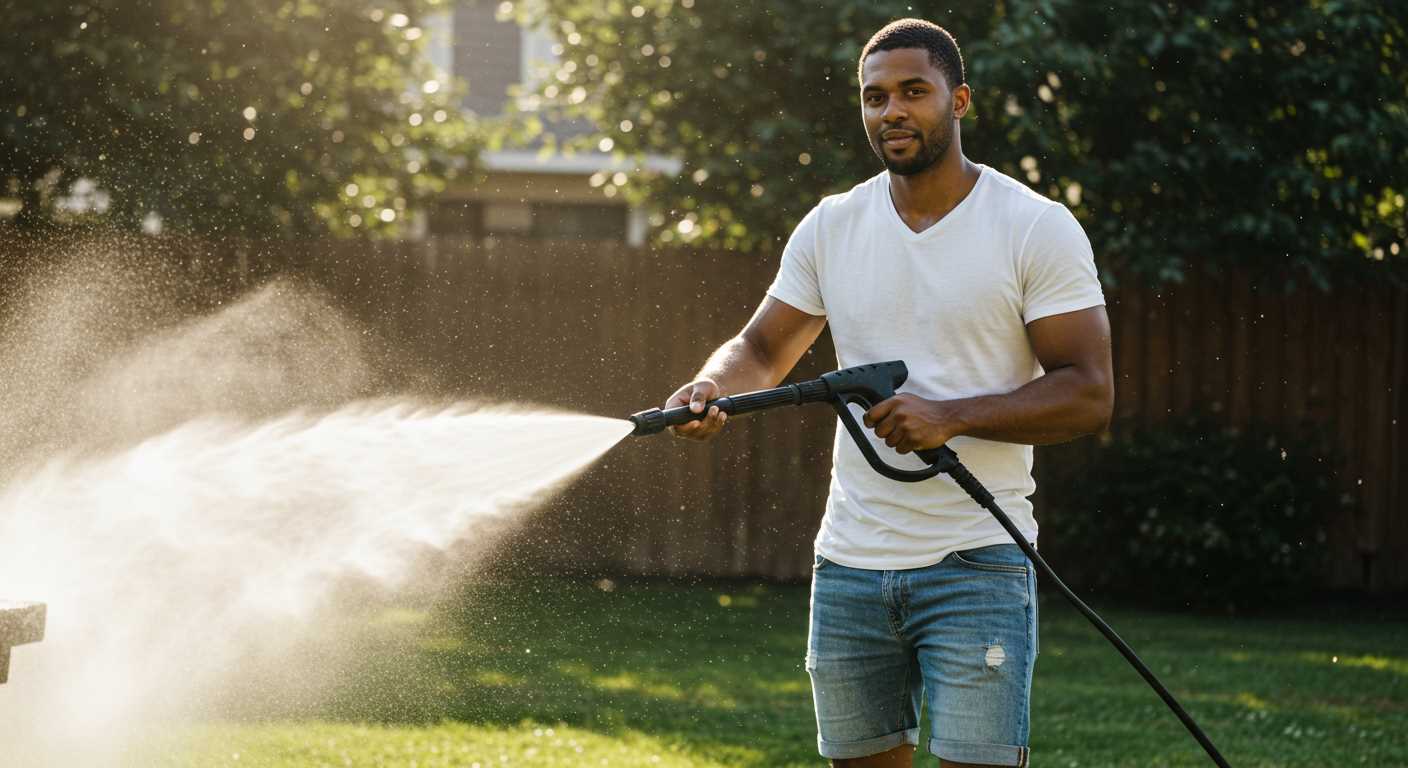
Shortening the hose is one of the quickest ways to enhance the output of your cleaning device. A long hose can create significant pressure loss, especially if it’s not a high-quality, reinforced model. I’ve seen many users struggle with inadequate performance simply because they were using excessively long hoses.
When I worked in the industry, I often recommended limiting the hose length to around 25 feet for optimal results. If you need to cover greater distances, opt for a thicker diameter hose that can handle higher flow rates without compromising the force of the water. This adjustment helps maintain the velocity, ensuring that your cleaning tasks are completed efficiently.
Another tip is to eliminate any unnecessary connections or fittings in the line. Each joint can introduce turbulence and reduce the overall force of the stream. I recall a client who had multiple couplings in his setup; once we streamlined his hose configuration, he noticed a marked improvement in cleaning efficiency.
Investing in a high-quality, low-restriction hose can also work wonders. I’ve tested various brands, and the difference in performance can be staggering. Look for models designed specifically for high flow and minimal pressure drop. The right hose can effectively transfer the energy of the water, making your cleaning sessions more productive.
Lastly, always keep an eye on the hose condition. A worn or kinked hose can severely hinder the performance of your equipment. Regular inspections and prompt replacements when necessary will help you maintain optimal functionality. This simple practice can save you time and frustration in the long run.
Understanding Pressure Settings and Their Impact
Adjusting the settings on your cleaning device can drastically alter its effectiveness. I recall a day spent at a client’s property, struggling to remove stubborn grime from a patio. After a few minutes of trial and error, I realised the setting was too low. Once I increased the force, the results were immediate; layers of dirt vanished effortlessly.
Identifying Optimal Settings
To maximise performance, always refer to the manufacturer’s guidelines for optimal settings. Each unit has specifications indicating the ideal range for different tasks. Remember, using excessive force on delicate surfaces can cause damage. I once witnessed a friend using the highest setting on a wooden deck, resulting in splintering that required extensive repairs. Balancing force with surface type is key.
The Role of PSI and GPM
Understanding the relationship between pounds per square inch (PSI) and gallons per minute (GPM) is crucial. Higher PSI means greater cleaning power, while GPM determines water flow and coverage. For instance, I found that a unit with 3000 PSI and 2.5 GPM efficiently tackled oil stains on concrete, while a lower GPM would have left the surface wet and ineffective. Always consider both metrics to optimise your approach.
Implementing Regular System Checks and Repairs
Conduct thorough inspections of your equipment on a consistent basis. I often found that neglecting minor issues led to significant performance drops. Check hoses for cracks, leaks, or abrasions. I remember one instance where a small leak in the hose reduced the force of the stream dramatically, making cleaning tasks take much longer than necessary.
Regular Maintenance Tasks
Change the oil in your machine at the recommended intervals. This simple step can enhance the longevity and efficiency of the motor. Additionally, inspect and clean the filter regularly to prevent clogs that could hinder water flow. I’ve seen units struggle due to dirty filters, which only requires a quick clean to restore optimal functionality.
Pay attention to the pump. Any signs of wear or unusual noise can indicate a need for repair. I had a pressure cleaner that started making strange sounds, and after a quick check, I discovered a worn seal that, if left unaddressed, would have led to more significant issues. Addressing this early saved me both time and money.
Professional Servicing
When in doubt, seek professional help for servicing. It’s worth investing in a qualified technician to perform a comprehensive check. They can identify hidden problems that might not be immediately visible. I once overlooked a minor valve issue, which escalated into a major repair. A professional inspection caught it just in time, allowing for a simple fix rather than a costly overhaul.
Lastly, consider integrating reliable cleaning solutions tailored for your specific tasks. For example, using the best algae scrubber for aquarium can enhance your cleaning efficiency in aquatic environments, making the entire process smoother and more effective.
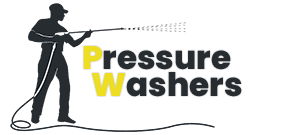
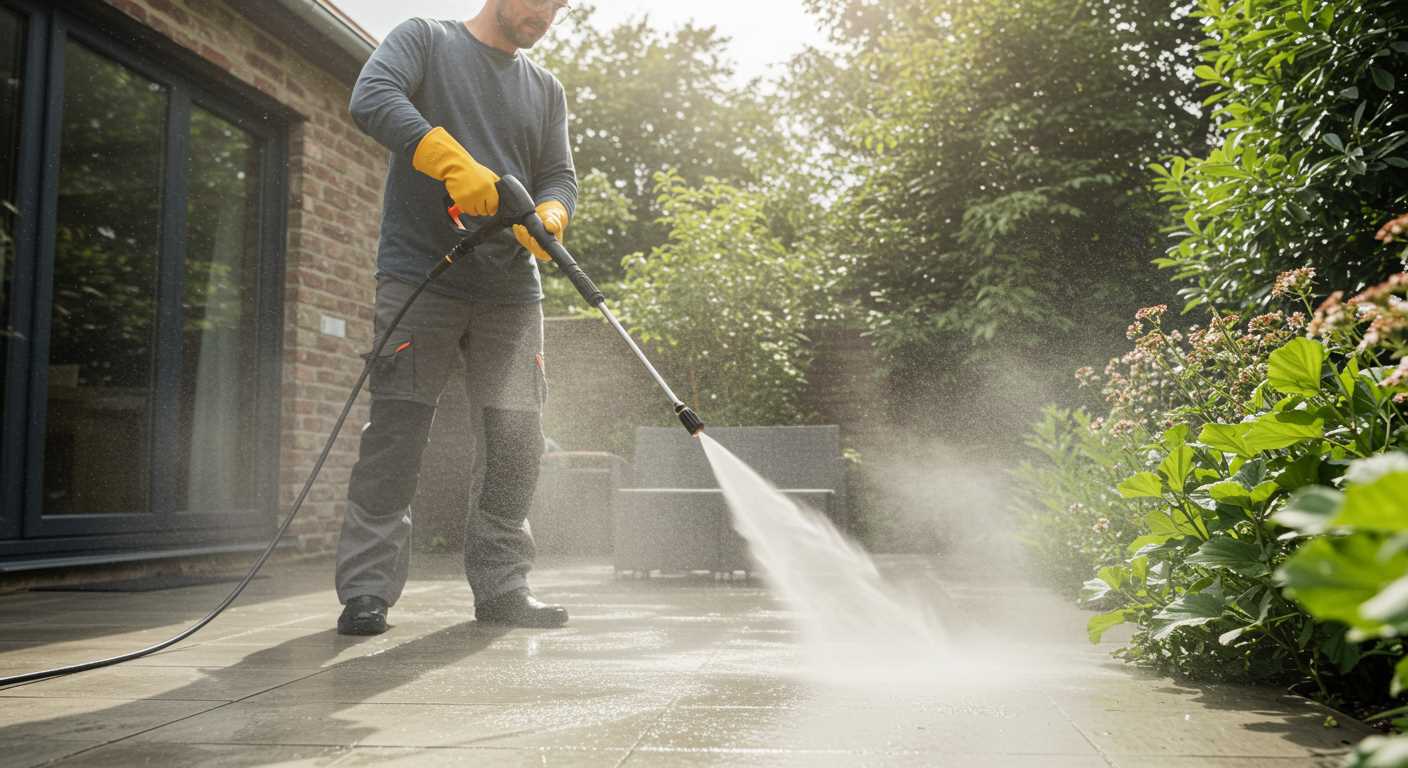


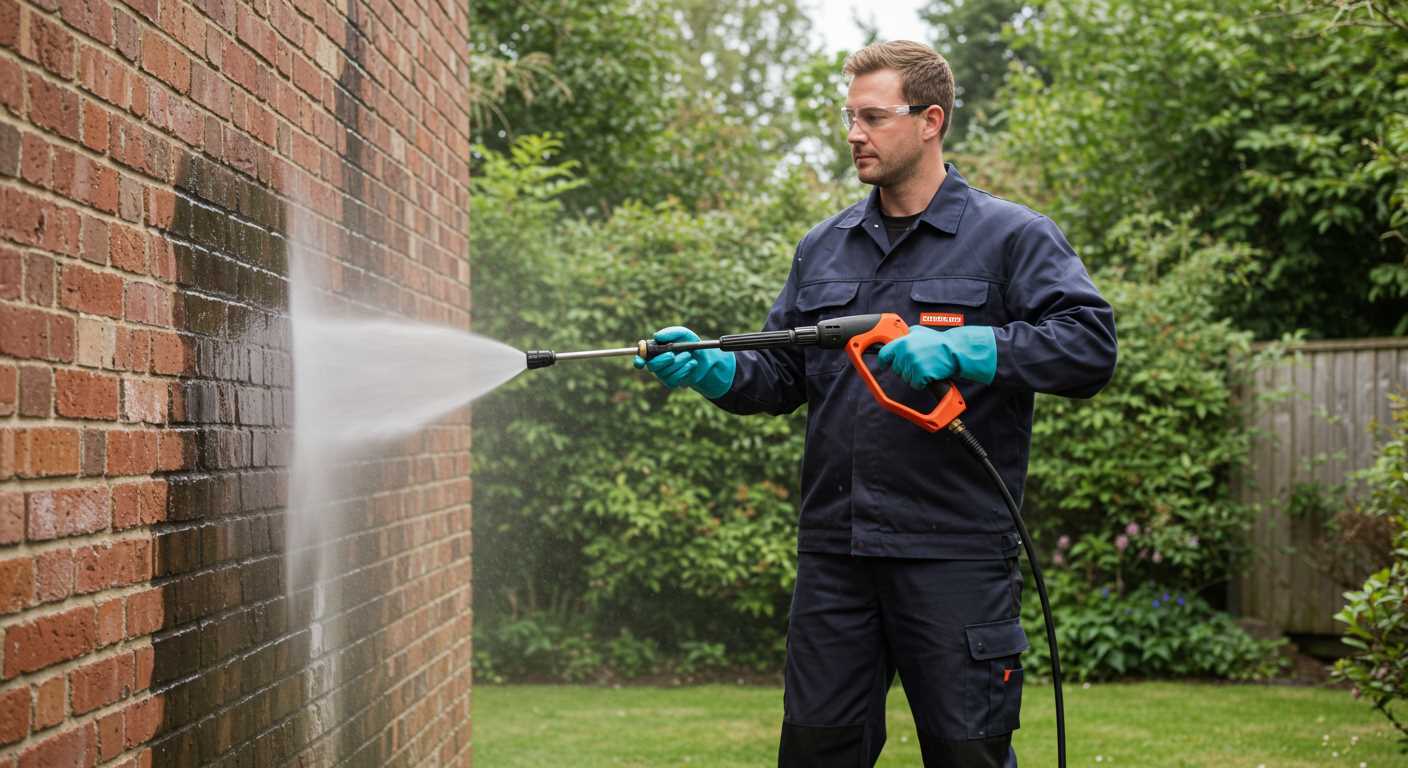

.jpg)


